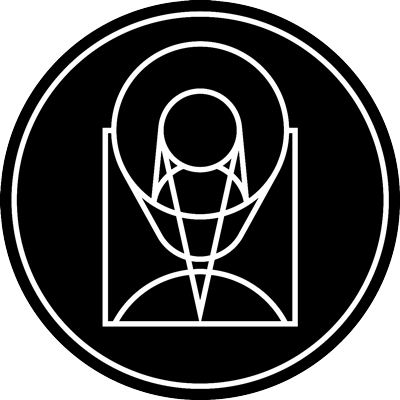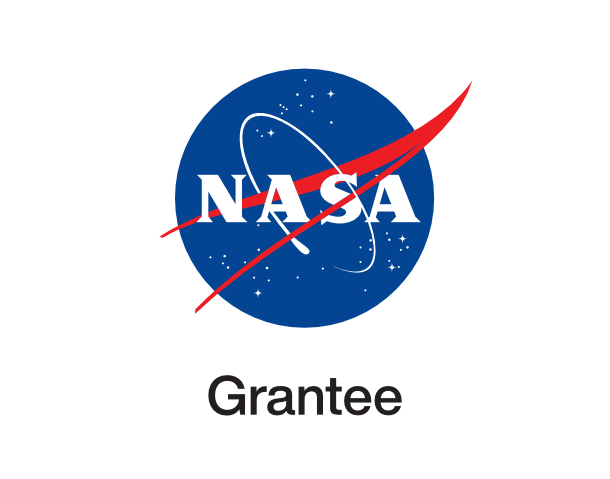MACSJ 0138

stsci_2021-30a September 13th, 2021
Credit: Steve A. Rodney (University of South Carolina), Gabriel Brammer (Cosmic Dawn Center/Niels Bohr Institute/University of Copenhagen)
Now you see them, now you don't.
Three views of the same supernova appear in the 2016 image on the left, taken by the Hubble Space Telescope. But they're gone in the 2019 image. The distant supernova, named Requiem, is embedded in the giant galaxy cluster MACS J0138. The cluster is so massive that its powerful gravity bends and magnifies the light from the supernova, located in a galaxy far behind it. Called gravitational lensing, this phenomenon also splits the supernova's light into multiple mirror images, highlighted by the white circles in the 2016 image.
The multiply imaged supernova disappears in the 2019 image of the same cluster, at right. The snapshot, taken in 2019, helped astronomers confirm the object's pedigree. Supernovae explode and fade away over time. Researchers predict that a rerun of the same supernova will make an appearance in 2037. The predicted location of that fourth image is highlighted by the yellow circle at top left.
The light from Supernova Requiem needed an estimated 10 billion years for its journey, based on the distance of its host galaxy. The light that Hubble captured from the cluster, MACS J0138.0-2155, took about 4 billion years to reach Earth.
The images were taken in near-infrared light by Hubble's Wide Field Camera 3.
Provider: Space Telescope Science Institute
Image Source: https://hubblesite.org/contents/news-releases/2021/news-2021-030
Curator: STScI, Baltimore, MD, USA
Image Use Policy: http://hubblesite.org/copyright/

- ID
- 2021-30a
- Subject Category
- D.5.5.3 D.3.1.8 D.6.2.1
- Subject Name
- MACS J0138.0-2155
- Credits
- Steve A. Rodney (University of South Carolina), Gabriel Brammer (Cosmic Dawn Center/Niels Bohr Institute/University of Copenhagen)
- Release Date
- 2021-09-13T00:00:00
- Lightyears
- 10,000,000,000
- Redshift
- 1.95
- Reference Url
- https://hubblesite.org/contents/news-releases/2021/news-2021-030
- Type
- Collage
- Image Quality
- Good
- Distance Notes
- Facility
- Hubble, Hubble, Hubble, Hubble
- Instrument
- WFC3/IR, WFC3/IR, WFC3/IR, WFC3/IR
- Color Assignment
- Cyan, Cyan, Orange, Orange
- Band
- Infrared, Infrared, Infrared, Infrared
- Bandpass
- Y, Y, H, H
- Central Wavelength
- 105, 110, 140, 160
- Start Time
- Integration Time
- Dataset ID
- Notes
- Coordinate Frame
- ICRS
- Equinox
- Reference Value
- 24.51505639872, -21.92917292895
- Reference Dimension
- 1762.00, 881.00
- Reference Pixel
- 411.08173028673, 197.27493516418
- Scale
- -0.00001387411, 0.00001387411
- Rotation
- 0.06481430303
- Coordinate System Projection:
- TAN
- Quality
- Full
- FITS Header
- Notes
- World Coordinate System resolved using PinpointWCS 0.9.2 revision 218+ by the Chandra X-ray Center
- Creator (Curator)
- STScI
- URL
- http://hubblesite.org
- Name
- Space Telescope Science Institute Office of Public Outreach
- outreach@stsci.edu
- Telephone
- 410-338-4444
- Address
- 3700 San Martin Drive
- City
- Baltimore
- State/Province
- MD
- Postal Code
- 21218
- Country
- USA
- Rights
- http://hubblesite.org/copyright/
- Publisher
- STScI
- Publisher ID
- stsci
- Resource ID
- STSCI-H-p2130a-f-1762x881.tif
- Resource URL
- https://mast.stsci.edu/api/latest/Download/file?uri=mast:OPO/product/STSCI-H-p2130a-f-1762x881.tif
- Related Resources
- Metadata Date
- 2021-12-14T16:36:28-05:00
- Metadata Version
- 1.2
Detailed color mapping information coming soon...













